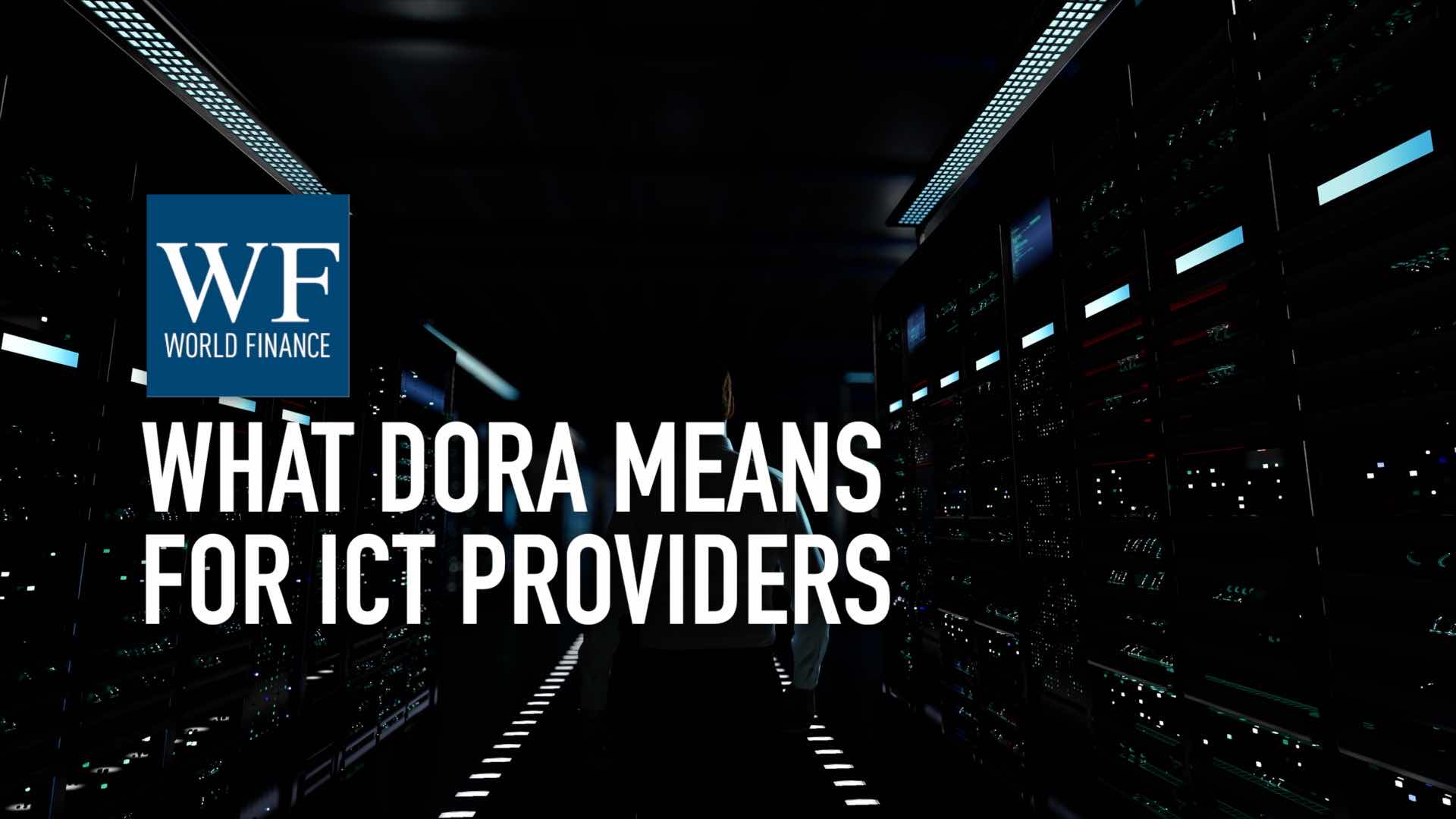Maamba Collieries coal-fired power plant to solve Zambia’s energy crisis
Landmark project finance initiative by Nava Bharat adds 300MW of reliable power to Zambia's energy grid
Related:
Transcript
Zambia is nearly completely reliant on hydropower: 96 percent of its energy is fuelled by the Zambezi river. But climate change is affecting capacity, and long power cuts are now a daily occurrence. One solution: coal. Ashwin Devineni and PJV Sarma from Nava Bharat Projects discuss the Maamba Collieries project. Set to add 300MW to Zambia’s energy grid, it’s an extremely important initiative for Zambia’s businesses that depend on reliable energy. It also represents a landmark project finance deal in sub-Saharan Africa – one that can be replicated now the model has been established with a strong sponsor.
World Finance: Zambia is nearly completely reliant on hydropower: 96 percent of its energy is fuelled by the Zambezi river. But climate change is affecting capacity, and long power cuts are now a daily occurrence. One solution: coal. Ashwin Devineni and PJV Sarma join me now.
Ashwin, let’s start with the Maamba Collieries project. 300 MW of extra power about to be going into the country; this must be extremely important for Zambia’s businesses.
Ashwin Devineni: What Maamba Collieries entails is a large coal mine, spanning 79 sq km; and more importantly, a 300 MW coal-fired power plant, which is almost ready. It should be commissioned in June-July 2016. With the potential of expanding the capacity to about 600-900 MW.
Maamba Collieries is 65 percent owned by Nava Bharat Singapore, and 35 percent owned by the government investment holding company.
What Maamba brings to the table is good, reliable, baseload power. And the government is extremely eager for us to come online, so that we can fight the current load-shedding crisis. And also help a lot of the copper industries, and other industries which Zambia is heavily dependent on, to actually start producing at the levels that they were producing when power was available throughout the day.
World Finance: So how has the government been supporting the project?
Ashwin Devineni: The government has been extremely supportive. Firstly, because they do own a significant stake – a 35 percent stake – in the company. And more importantly, today Zambia is heavily dependent on hydro-electric power. Almost upwards of 95 percent. And they are facing the brunt of going all hydro, because the last few years they’ve had bad rains. And as we speak they’re facing about 10-11 hours of load shedding on a daily basis.
World Finance: PJV, talk me through the finances. What’s Nava Bharat’s involvement?
PJV Sarma: As you know, Nava Bharat Singapore is a 100 percent subsidiary Nava Bharat Ventures – the principal holding company, which is very strong financially and technically. The strength of the project lies partly behind the strength of the financial and technical strength of Nava Bharat Group.
This has been one of the main reasons why the Chinese banks – they are predominantly Chinese banks, and Sinosure – put their strength behind the project, to go ahead with that. That is actually the uniqueness of this project now: the strength of the sponsors.
About 70 percent of the total cost of the project, coming to almost $600m, is funded by a group of international banks. Half of it’s coming from China – two big banks, and there are three developmental financial institutions, and two European South African banks.
So this is unique in the sense that it’s the first IPP project coming in sub-Saharan Africa which is getting finance from international banks – especially from Chinese – on a purely project finance basis. Which is a non-recourse finance basis, without recourse to the sponsor. Which is very, very unique.
World Finance: As you say, a real unique international collaboration; a milestone for project finance in the region. Do you think that now that you’ve established the model it can be replicated? In Zambia, or across the region?
PJV Sarma: It can be replicated, but you know – as I told you, there are certain things you really need to take care of that.
One of the reasons why this project could be financed on a purely project finance basis is the strength of the sponsors: financial, and technical. And the robustness of the project documents. You know, the project documents have to be very, very strong. With proper legal arrangements. You need to have it.
Once you have it, I don’t see any reason why it can’t be duplicated in other parts of Africa.
World Finance: So what happens next? For the Maamba Collieries project, and for your other work across Africa and the region?
Ashwin Devineni: We’re really excited we are about to commission the plant in June-July, which is a month from now. And we’re also excited about expanding the existing capacity of 300 MW to possibly 600 or 900 MW. Because we see a huge power crisis in the southern African region, and also the eastern African region. And the uniqueness of setting up a power plant in Zambia is, although you’re generating power in Zambia, the power can be exported and utilised by all the neighbouring countries, aside from Zambia.
We look at Africa as a continent that’s developing at a very, very rapid pace. And we want to play a major role in improving its infrastructure. And therefore, I think, for us we do plan on expanding in the power sector and the agricultural sector, where we have significant experience in India and different parts of Africa.
World Finance: Ashwin, PJV, thank you.
Ashwin Devineni and PJV Sarma: Thank you very much, Paul.

 What the Digital Operational Resilience Act means for board members and CEOs
What the Digital Operational Resilience Act means for board members and CEOs What the Digital Operational Resilience Act means for third party ICT providers
What the Digital Operational Resilience Act means for third party ICT providers
